Effective Corrective Exercises for Sustainable Pain Management
November 13, 2025
8 min

Introduction to Corrective Exercises in Pain Management
What Are Corrective Exercises?
Corrective exercises are specialized movements designed to correct body imbalances, improve posture, and enhance functional fitness. They target the underlying causes of pain and dysfunction, addressing muscle imbalances and improving joint mobility.
Their Role in Holistic Musculoskeletal Health
These exercises are integral to a holistic approach to musculoskeletal health. When combined with chiropractic care and physical therapy, they support long-term wellness by maintaining alignment, increasing stability and flexibility, and preventing future injuries.
Benefits for Managing Pain
Corrective exercises help relieve pain by strengthening muscles around the spine, improving balance and coordination, and promoting healing. They have proven effective for conditions like lower back pain and shoulder stiffness, enhancing both mobility and quality of life through personalized treatment plans.
Understanding Corrective Exercises and Their Benefits

What Types of Corrective Exercises Are Commonly Used?
Corrective exercises encompass various types tailored to improve musculoskeletal health. Common categories include stretching exercises, strengthening exercises, postural exercises, mobility exercises, and balance and stability exercises to improve coordination and stability.
How Do Corrective Exercises Address Muscle Imbalances and Poor Posture?
These exercises target the root causes of dysfunction by addressing muscle imbalances that often lead to pain and poor posture. Strengthening weak muscles and stretching tight areas realign the body, reducing strain on joints and ligaments. Learn more about Corrective Exercises, Improving Posture, and Addressing Muscle Imbalances.
What Impact Do They Have on Flexibility, Joint Mobility, and Neuromuscular Control?
By consistently performing corrective exercises, patients experience improved flexibility and joint mobility. Enhanced neuromuscular control allows better coordination and muscle activation patterns, helping maintain proper movement and preventing compensatory habits that cause injury. Discover the Benefits of Corrective Exercises related to Joint Mobility and Neuromuscular Control.
How Do Corrective Exercises Prevent Injury and Promote Long-Term Wellness?
Corrective exercises strengthen the musculoskeletal system holistically, enabling the body to better resist stress and trauma. They empower individuals to sustain healthy posture and functional movement, thereby reducing the risk of future injuries and fostering enduring wellness. For programs focused on Corrective Exercises Benefits and Injury Prevention, see available resources.
Incorporating these exercises into personalized corrective exercise programs is a cornerstone of chiropractic care, supporting recovery and long-term musculoskeletal health.
Corrective Exercises as Part of a Holistic Approach to Chronic Pain Management

How are corrective exercises integrated with chiropractic care and physical therapy?
Corrective exercises play a vital role in enhancing chiropractic adjustments and physical therapy treatments by targeting muscle imbalances and improving joint function. Clinics like North Port Chiropractic and Ocean Chiropractic & Health Center in Torrance, California, emphasize tailoring these personalized corrective exercise programs to individual needs, supporting long-term musculoskeletal health. By combining targeted strengthening, stretching, and mobility exercises with hands-on care, patients experience improved alignment and functionality.
What are the benefits of corrective exercises for conditions like lower back pain, neck tension, and shoulder stiffness?
Corrective exercises help alleviate common pain conditions by stabilizing muscles, boosting joint mobility, and correcting posture. For lower back pain, exercises focus on strengthening deep spinal muscles and enhancing flexibility, which supports tissue healing and reduces pain. Neck tension and shoulder stiffness benefit from improved posture and neuromuscular control through specific stretching and strengthening techniques. These exercises not only provide pain relief but also prevent future injuries and chronic dysfunctions. For more detail, see Exercises for back pain.
How does collaborative multidisciplinary care optimize outcomes?
Chronic pain management is most effective when a multidisciplinary chronic pain management approach is adopted. In places like Torrance, California, integrated care teams comprising chiropractors, physical therapists, psychologists, and medical providers collaborate to design patient-centered plans. This team approach addresses physical symptoms, emotional well-being, and functional improvements, ensuring holistic and personalized pain management strategies. Learn more about multidisciplinary chronic pain management.
How do non-pharmacologic strategies complement pain management?
Non-pharmacologic pain management strategies, such as corrective exercises, mindfulness, gentle physical activity, and psychological counseling, are essential components of chronic pain management. These methods reduce reliance on medications by promoting natural pain relief and enhancing quality of life. Techniques like gradual exercise progression, slow deep breathing, and therapeutic exercises align with chiropractic and physical therapy treatments to manage pain safely and effectively. For further guidance, see ways to reduce pain.
Practical Corrective Exercise Strategies for Back Pain Relief

What specific exercises are recommended for back pain?
Several corrective exercises are highly beneficial for alleviating back pain. These include knee rolls exercise, pelvic tilts for back pain, single knee hug exercise, double knee hug exercise, the cat-camel stretch, and spinal curl exercise. These movements help gently stretch and strengthen spinal muscles, improve flexibility, and restore functional mobility.
How should activity levels be increased and pain monitored?
A gradual return to normal activities and exercises is essential for sustainable recovery. Patients are encouraged to start with a few repetitions and progressively increase their activity, while carefully listening to their body's signals. Mild discomfort during exercise is acceptable; however, the pain should not intensify beyond a moderate level (0-5 on a 0-10 pain scale).
Why is proper exercise positioning important?
Performing these exercises while lying down or on hands and knees ensures safety and efficacy. This positioning supports the spine and reduces strain, allowing for controlled and precise movements that promote healing.
How do corrective exercises aid tissue healing and mobility?
Corrective Exercises facilitate tissue healing by gradually restoring strength and flexibility to muscles and ligaments surrounding the spine. They help regain functional movement, alleviate pain, and prevent further injury by enhancing stability and encouraging proper posture.
Incorporating these practical strategies into a patient-centered treatment plan, which may include multidisciplinary chronic pain management and personalized corrective exercise programs, can optimize back pain management through natural and holistic methods, supporting long-term health and wellbeing.
The Role of Corrective Exercises in Sustaining Pain Reduction and Preventing Recurrence

How Corrective Exercises Support Muscle and Fascia Regeneration
Corrective exercises promote healing by targeting muscle imbalances and regenerating damaged fascia, muscles, and tendons. This restoration improves blood flow and supports tissue repair, which is vital for recovering from injuries and chronic pain conditions. Learn more about Corrective Exercises Benefits.
Maintaining Spinal Alignment and Muscle Strength
These exercises help maintain proper spinal alignment by strengthening deep spinal muscles and building muscle support around the spine. Improved posture reduces strain, alleviates pain, and helps prevent future misalignments. Discover Corrective Exercises after Chiropractic Adjustments and their role in Building Muscle Support Around the Spine.
Enhancing Balance and Coordination to Avoid Future Injuries
Corrective exercises improve balance and neuromuscular control, which are essential for preventing falls and injuries. By enhancing coordination and joint mobility, they equip the body to handle everyday movements safely and effectively. For detailed techniques, see Improving Balance and Coordination and Mobility Exercises.
Importance of Personalized and Consistent Exercise Programs
Personalized corrective exercise routines, tailored to individual needs, ensure targeted treatment and maximum benefit. Consistent practice, both at home and in clinical settings, is necessary to maintain improvements, reduce pain, and prevent recurrence. Explore personalized corrective exercise programs and At-Home and In-Office Care for effective implementation.
Overall, incorporating corrective exercises into a holistic, patient-centered approach supports long-term musculoskeletal health and sustained pain relief. For additional resources on managing pain and enhancing function, consider exploring the Pain Toolkit resources and Nonopioid pain management options.
Empowering Patients Through Education and Self-Care Tools

Resources and Toolkits for Managing Chronic Pain at Home
Living with chronic pain can be challenging, but patient education and accessible resources play a vital role in empowering individuals. Tools like The Pain Toolkit resources and information from the British Pain Society pain resources offer practical guidance for managing long-term pain through self-care strategies. These resources help patients understand their pain, set achievable goals, and implement daily routines that support wellness.
Incorporating Breathing Techniques and Psychological Support
Complementing physical approaches, slow deep breathing techniques serve as a simple yet effective way to reduce muscle tension and ease anxiety associated with pain. Additionally, psychological counseling for chronic pain and talking therapies for pain address the emotional impacts of chronic pain, equipping patients with coping skills and improving overall quality of life. This holistic focus supports a balanced approach to pain management.
Encouraging Patient Engagement in Customized Corrective Exercise Plans
Corrective exercises tailored to individual needs can significantly enhance pain relief and musculoskeletal health. Chiropractic practices often provide patients with personalized corrective exercise programs targeting flexibility, strengthening, posture correction, and mobility. These exercises empower patients to actively participate in their recovery, aiding in maintaining treatment benefits and preventing future issues. Learn more about types of corrective exercises and their benefits and corrective exercises for improving posture and musculoskeletal health.
Benefits of Gradual Progression and Self-Monitoring Pain
An essential aspect of successful self-care is the gradual increase in activity, which is generally safe and offers sustainable improvements in pain and function. Patients are encouraged to listen to their bodies, allowing mild discomfort during exercises but avoiding worsening pain. Keeping track of pain levels during activities fosters self-awareness and helps tailor exercises to the individual's tolerance, promoting safe and effective progression. For specific guidance on back pain movement recommendations, gentle exercise for pain relief, and Nonopioid pain management options, patients can explore these resources for comprehensive support.
Conclusion: Embracing Corrective Exercises for Sustainable Pain Management
Corrective exercises offer a comprehensive path to relief by targeting muscle imbalances, improving posture, and enhancing mobility.
These specialized movements support long-term wellness by addressing root causes of pain, fostering healing, and preventing future injury. When integrated into a holistic care plan alongside chiropractic adjustments and mindful therapies, they create a powerful synergy for managing chronic pain effectively.
Patient commitment to regular exercise routines is crucial. Steady practice of personalized corrective exercises empowers individuals to regain function, reduce discomfort, and improve overall quality of life.
By embracing corrective exercises within a patient-centered, holistic framework, individuals can achieve sustained pain relief and better physical health, nurturing a more active and fulfilling lifestyle.
Recent articles

Effective Corrective Exercises for Sustainable Pain Management

Taking a Root Cause Approach to Chronic Pain Management

Holistic Pain Management Techniques Without Surgery

How Patient Success Stories Validate Chiropractic Care Benefits

Spinal Decompression: Innovative Treatment for Sciatic Nerve Pain

Spinal Decompression Therapy: A Non-Invasive Approach to Sciatica Relief

Exploring Holistic Approaches Beyond Surgery for Pain Relief

Practical Lifestyle Advice to Support a Healthy Spine Every Day

Corrective Exercise Routines Designed for Long-Term Pain Prevention

Real Patient Stories: Overcoming Chronic Pain with Chiropractic Care

Lifestyle Changes That Promote a Healthy Spine and Prevent Injury

How Addressing the Root Cause of Pain Leads to Lasting Relief

Non-Surgical Holistic Therapies to Manage Chronic Pain Effectively

Nutritional Counseling's Impact on Physical Health and Healing

Benefits of Regular Chiropractic Care for a Stronger Back

Your First Chiropractic Visit: What to Expect and How to Prepare

Patient Experiences: How Chiropractic Care Transformed Their Lives

Exploring Holistic, Non-Surgical Options for Pain Management

Combining Physiotherapy with Chiropractic Treatments for Enhanced Recovery

Holistic Treatments That Offer Alternatives to Surgery for Pain Relief

Corrective Exercise Strategies for Long-Term Spine Health

How Physiotherapy Complements Chiropractic Adjustments for Better Outcomes

First-Time Chiropractic Visitors: What You Should Know

Understanding the Importance of Treating Pain at Its Source

Adopting Lifestyle Changes to Support Your Spine's Wellness

Utilizing Physiotherapy to Enhance Chiropractic Treatment Outcomes

The Key Advantages of Chiropractic Care for Back Pain Sufferers

Why Focusing on Root Causes Improves Pain Treatment Success

Corrective Exercises That Promote Lasting Pain Relief and Mobility

Sciatica Relief Through Targeted Spinal Decompression Techniques

Preparing for Your First Chiropractic Appointment with Confidence

Healthy Lifestyle Habits for Maintaining Spinal Alignment

Success Stories Highlighting Chiropractic's Role in Pain Recovery

Top Benefits of Chiropractic Care for Chronic Back Pain

Nutrition Tips to Boost Your Overall Wellness and Recovery

How Chiropractic Care Alleviates Back Pain Naturally

How Nutritional Counseling Supports Overall Wellness and Spine Health

Step-by-Step Guide to Your First Visit with a Chiropractor

Using Nutrition to Support Chiropractic and Overall Wellness

Integrating Physiotherapy in Your Chiropractic Healing Journey

How Physiotherapy Complements Chiropractic Adjustments for Faster Healing

Lifestyle Tips for Maintaining a Healthy Spine and Preventing Back Pain

Heartwarming Patient Testimonials Highlighting Chiropractic Success

How Proper Nutrition Supports Chiropractic and Physiotherapy Treatments

Combining Physiotherapy and Chiropractic Treatments for Optimal Recovery

Why Chiropractic Treatments Are Effective for Managing Back Pain

Choosing a Chiropractor: Tips for Finding a Trusted Provider

Integrating Physiotherapy and Chiropractic: Benefits and What to Expect

How Tailored Corrective Exercises Can Aid in Pain Management

Chiropractic Care: A Proven Solution for Alleviating Back Pain

What to Expect at Your First Chiropractic Visit: A Comprehensive Guide

The Importance of Root Cause Analysis in Effective Pain Management

The Role of Corrective Exercises in Sustaining Pain-Free Living

Combining Chiropractic and Physiotherapy for Comprehensive Pain Relief

How Addressing Underlying Causes Improves Pain Treatment Effectiveness

Maintaining Spinal Health Through Lifestyle Changes and Preventive Care

Understanding the Benefits of Chiropractic Adjustments for Back Pain Sufferers

Spinal Decompression Therapy: A New Hope for Sciatica Relief

Lifestyle Recommendations to Support a Healthy Spine and Reduce Pain
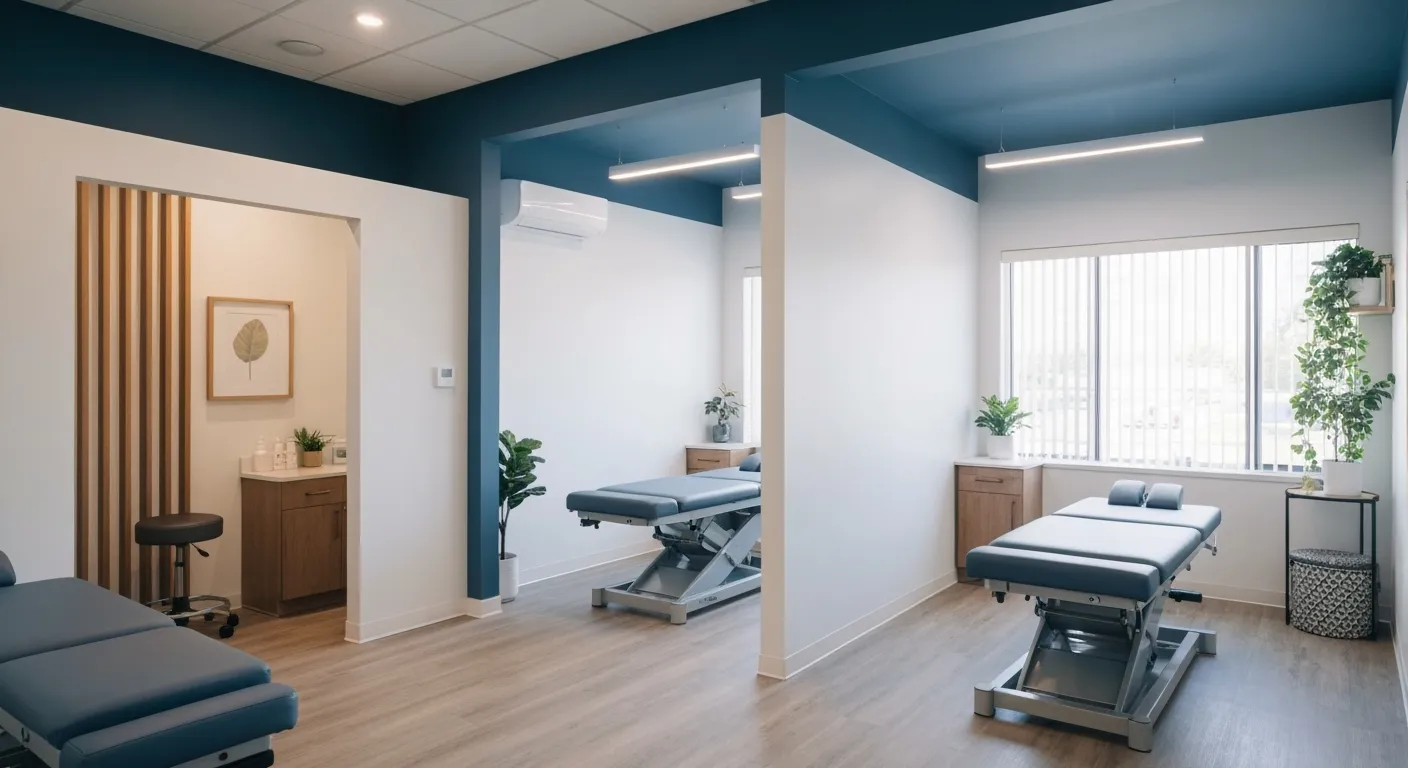
Choosing the Right Chiropractor: Key Factors to Consider Before Your First Appointment

Non-Invasive Treatment Alternatives: A Holistic Approach to Pain Relief

Corrective Exercises to Support Long-Term Relief from Chronic Pain

Exploring Non-Surgical Approaches to Spine Health and Wellness

Tips for Daily Habits That Keep Your Spine Strong

Success Stories: How Chiropractic Treatments Changed Lives

Why Focusing on the Root Cause of Pain Leads to Better Outcomes

Nutritional Counseling and Its Impact on Overall Wellness and Recovery

Patient Testimonials That Showcase the Power of Chiropractic Care

Preparing for Your First Chiropractic Appointment: What You Need to Know
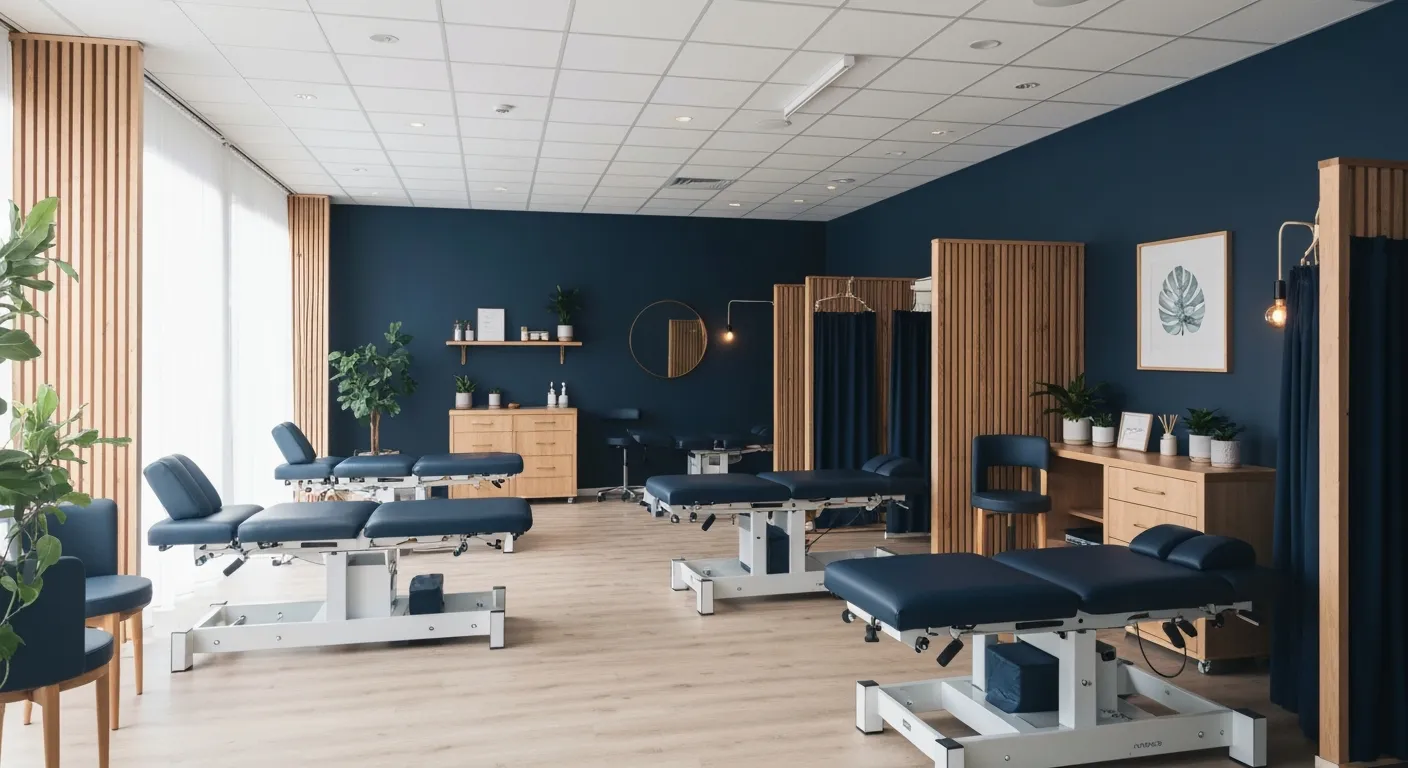
Holistic Treatment Options: Beyond Surgery for Pain Relief

Holistic Pain Relief Methods That Avoid Surgery

Nutritional Strategies for Supporting Spine Health and Recovery

First Chiropractic Visit: What Happens and How to Prepare

Chiropractic Patient Success Stories: Inspiring Journeys to Wellness
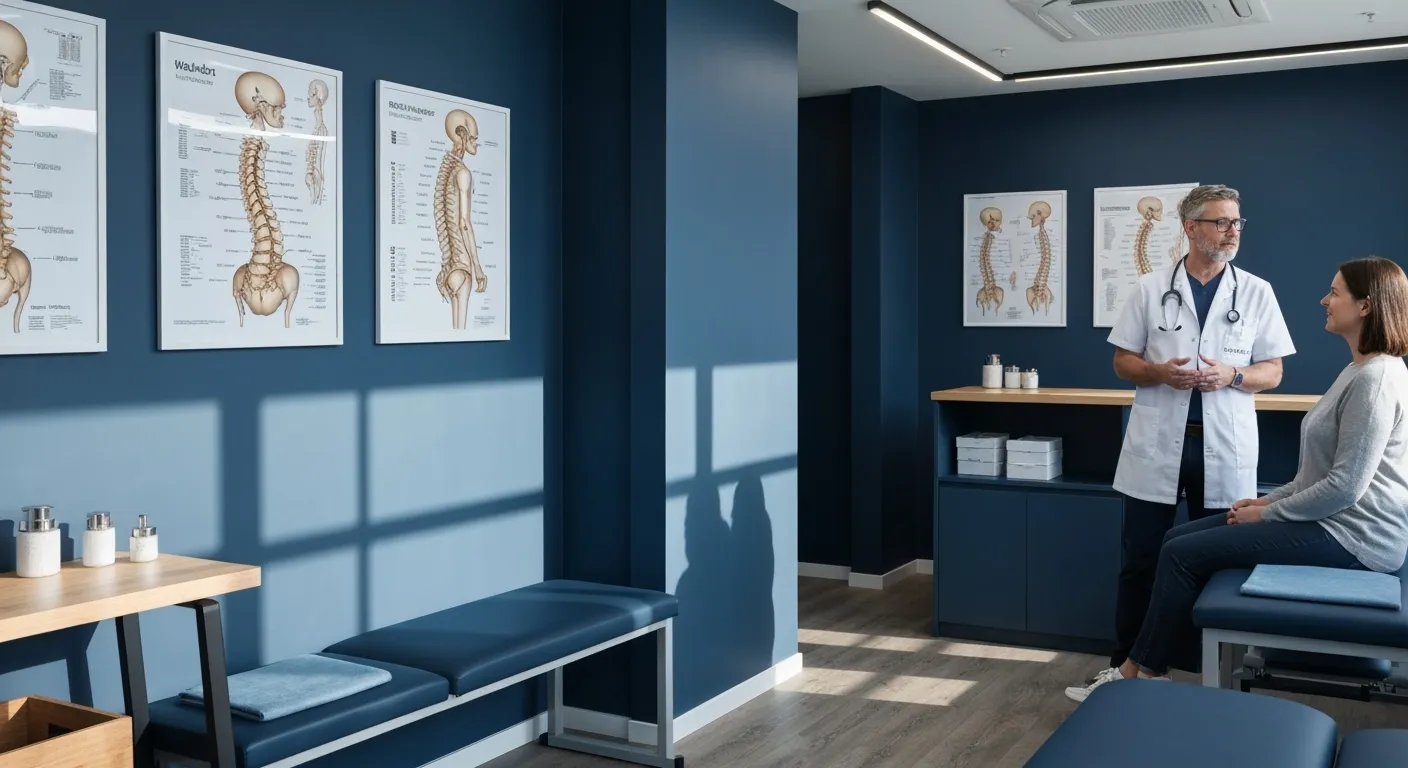
Effectiveness of Spinal Decompression Therapy in Managing Sciatic Nerve Pain

Addressing Pain at Its Source: Why Treating the Root Cause Matters

Corrective Exercise Programs Designed for Long-Term Pain Prevention

Healthy Lifestyle Advice for Maintaining Spinal Alignment
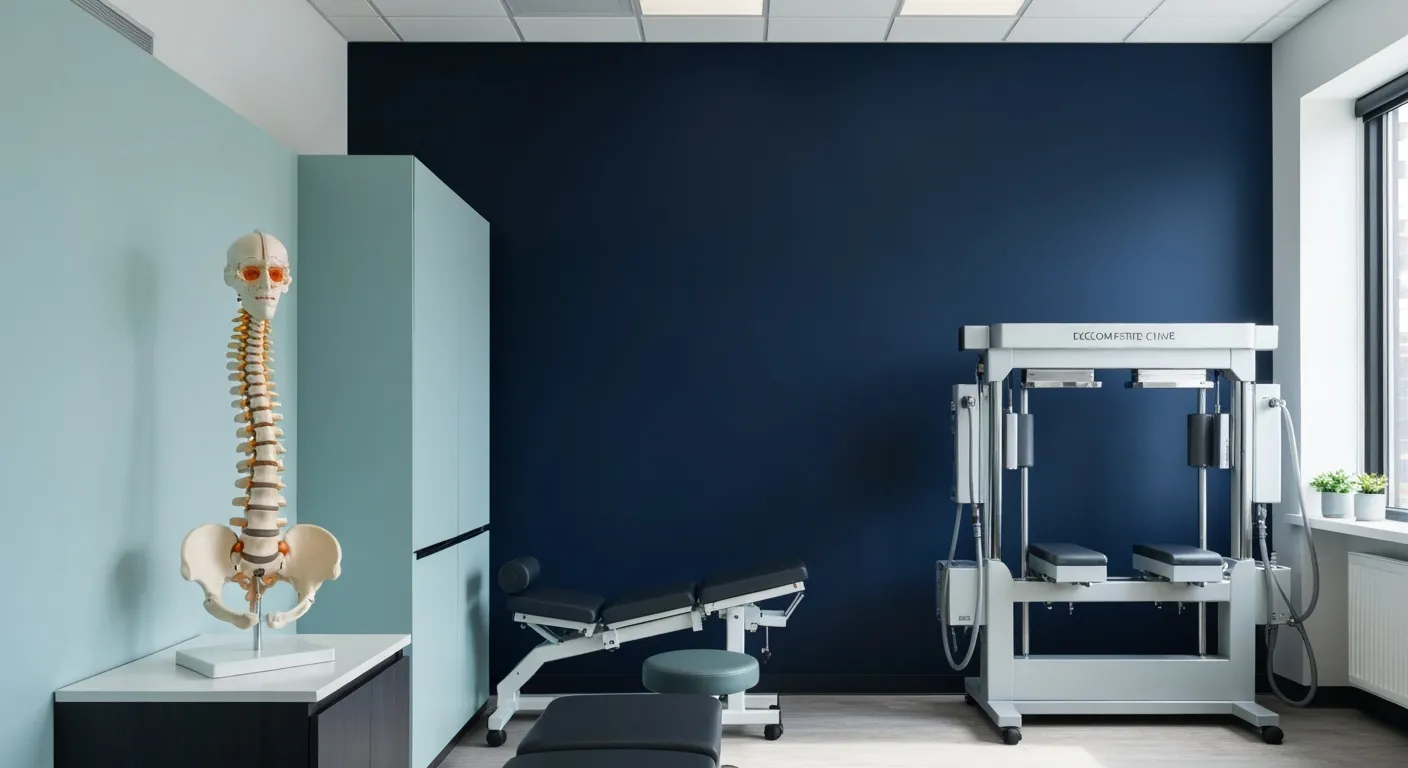
Understanding Spinal Decompression as a Treatment for Sciatica Pain
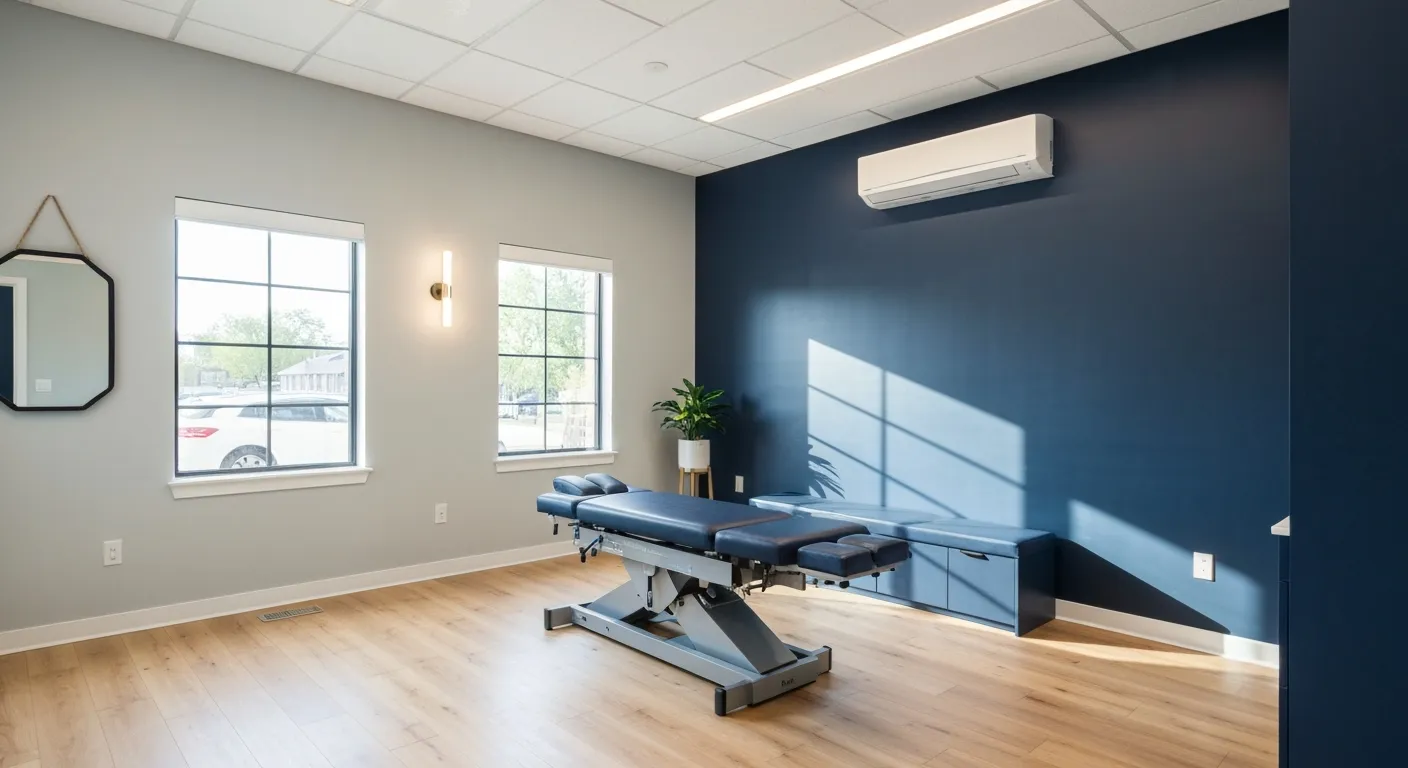
Benefits of Chiropractic Care Specifically for Back Pain Relief

Understanding Gait Analysis in Physiotherapy
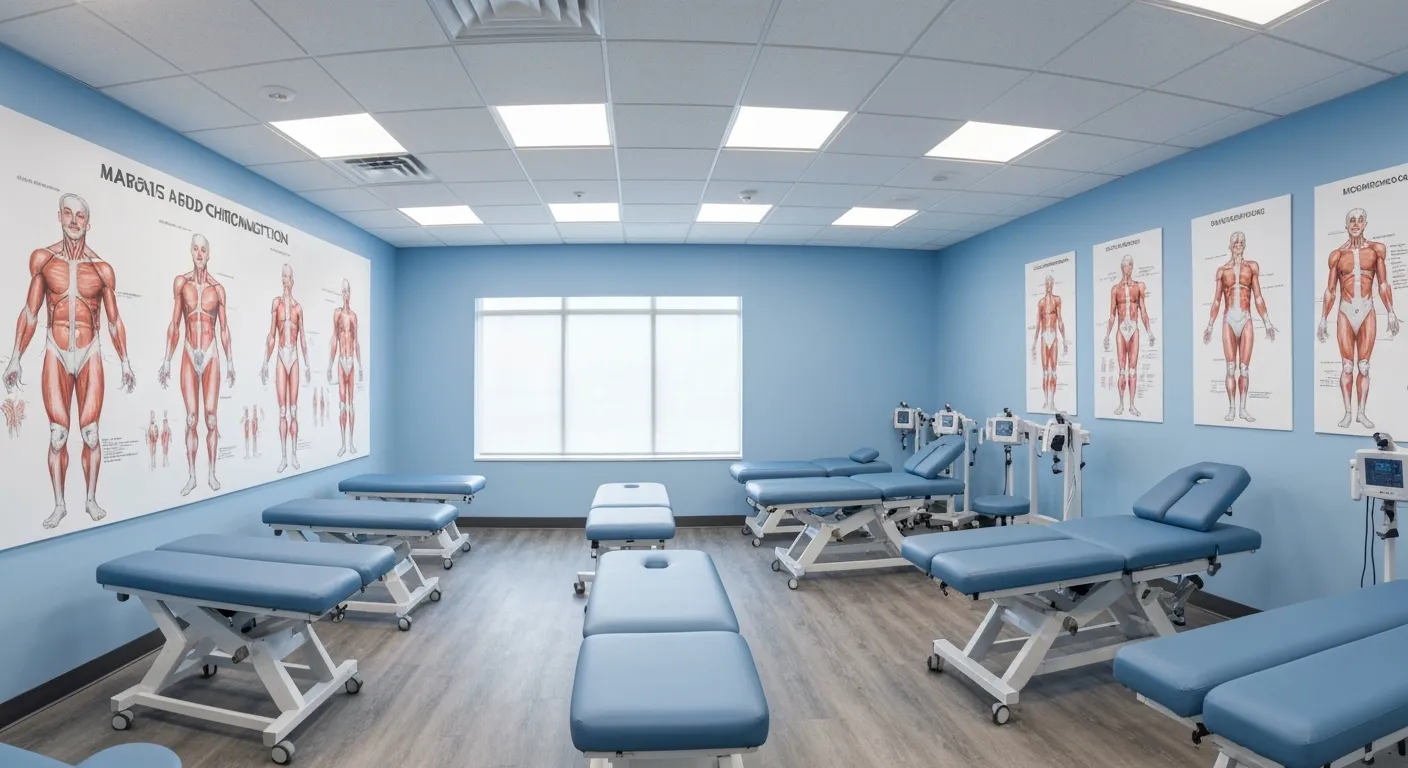
The Difference Between Muscle Soreness and Dysfunction

Workplace Stress Statistics: How Muscle Tension Impacts Productivity

How Physiotherapy Improves Mobility for Seniors

How to Communicate Pain Levels to Your Therapist Effectively
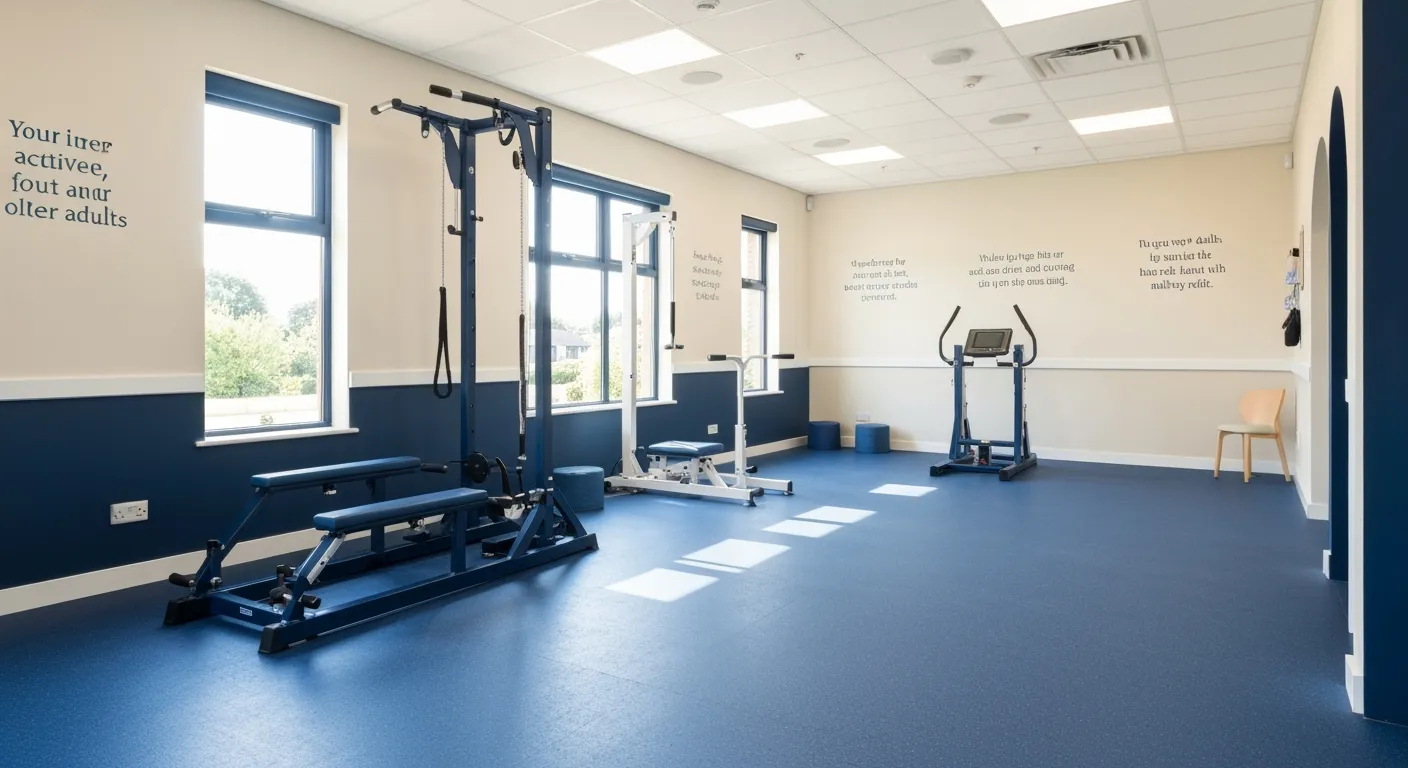
Physiotherapy Interventions for Balance and Fall Prevention

How Physiotherapy Helps Post-Surgical Recovery

Lifestyle Advice Everyone with Back Pain Should Follow

Chiropractic Industry Statistics: Growth, Demand, and Future Trends
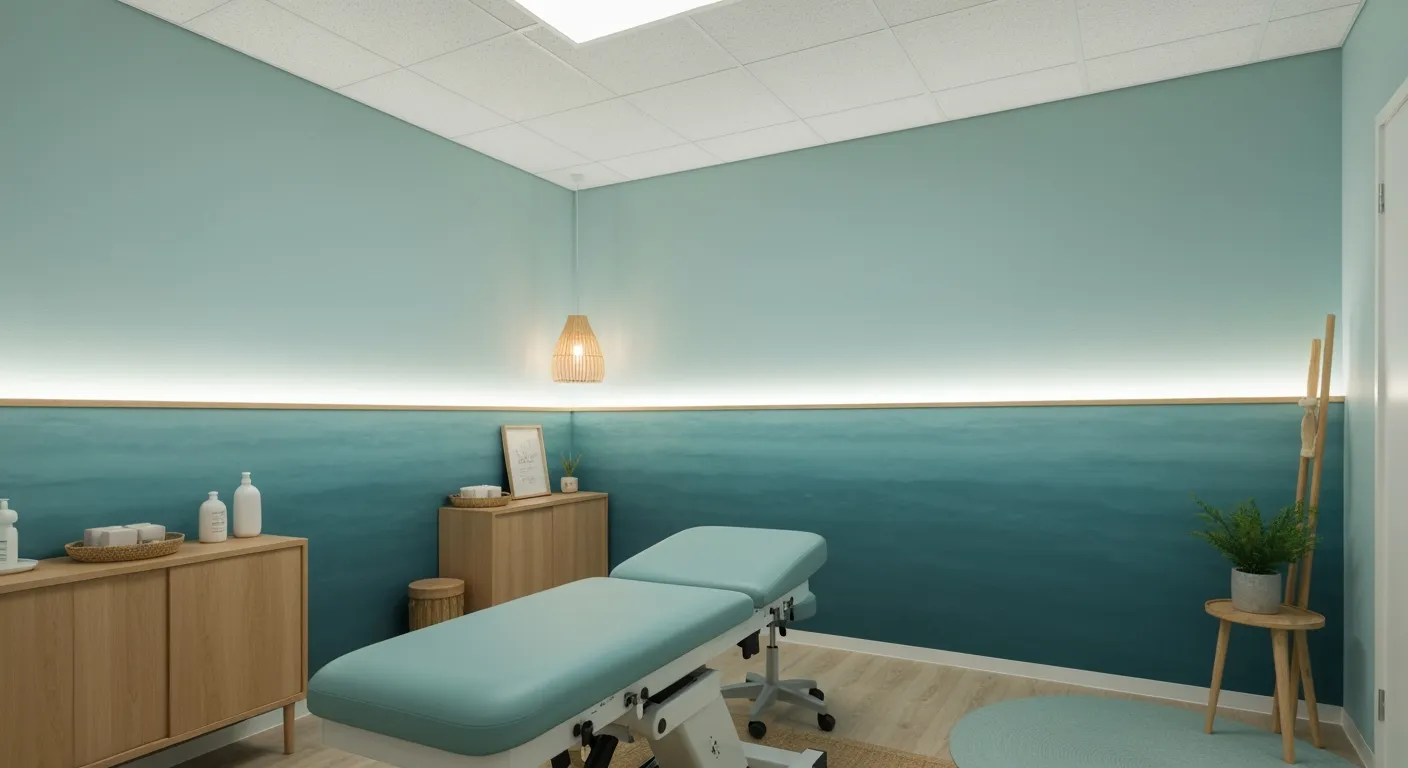
Myofascial Release: What It Is and Why It Matters

Chiropractic Care vs. Traditional Medicine: Cost and Effectiveness Statistics

Ergonomic Workspace Tips to Support Spinal Health

Why Proper Breathing Matters During a Massage Session
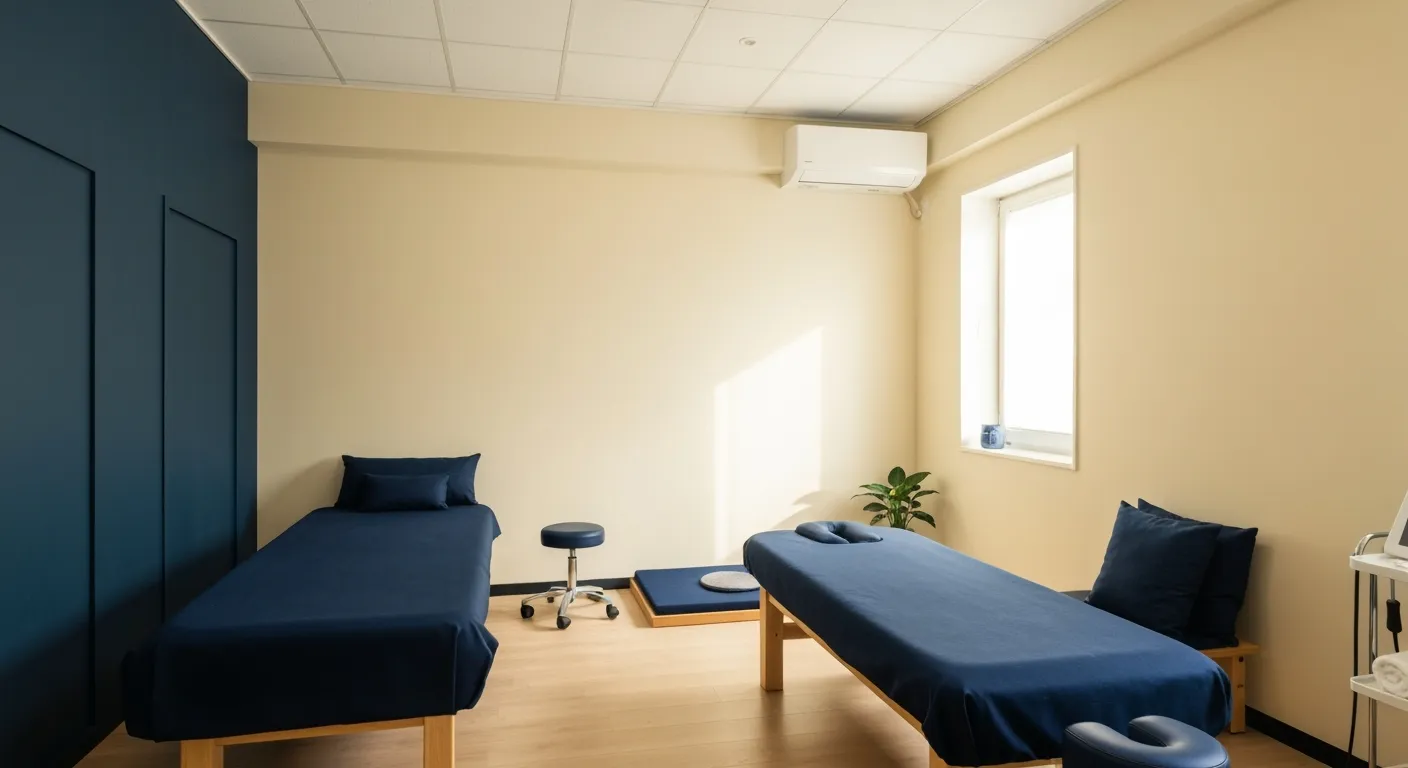
Client Retention Trends in the Therapeutic Bodywork Industry

Why Physiotherapy Is Key in Preventing Re-Injury

How Massage Therapy Supports Natural Pain Relief
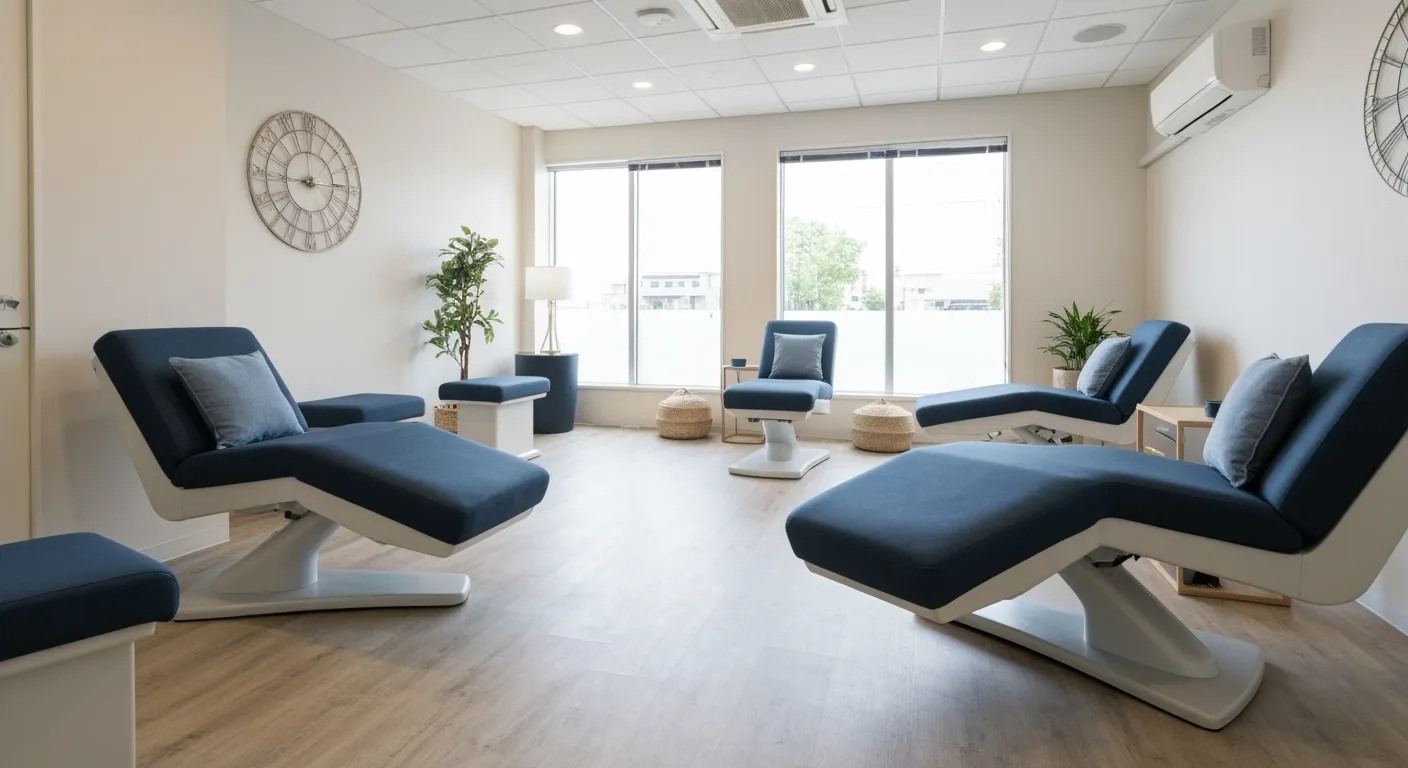
Healthcare Cost Reduction Through Preventive Bodywork Use

Athlete Massage Statistics: Pre-Event vs. Post-Event Outcomes

Massage for Migraine and Headache Relief

